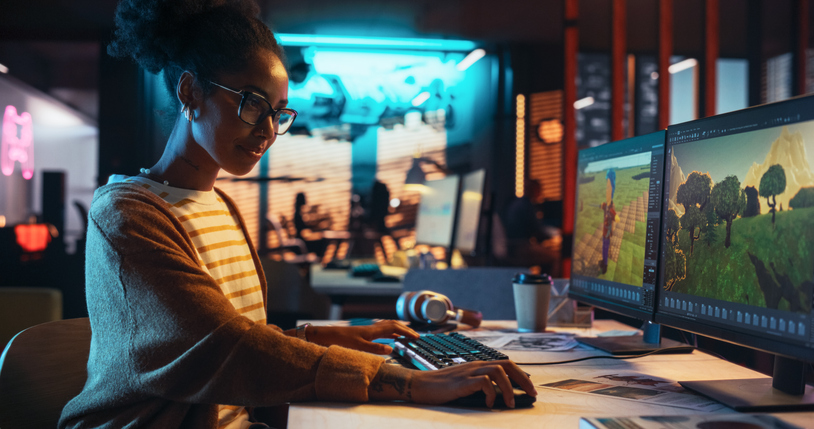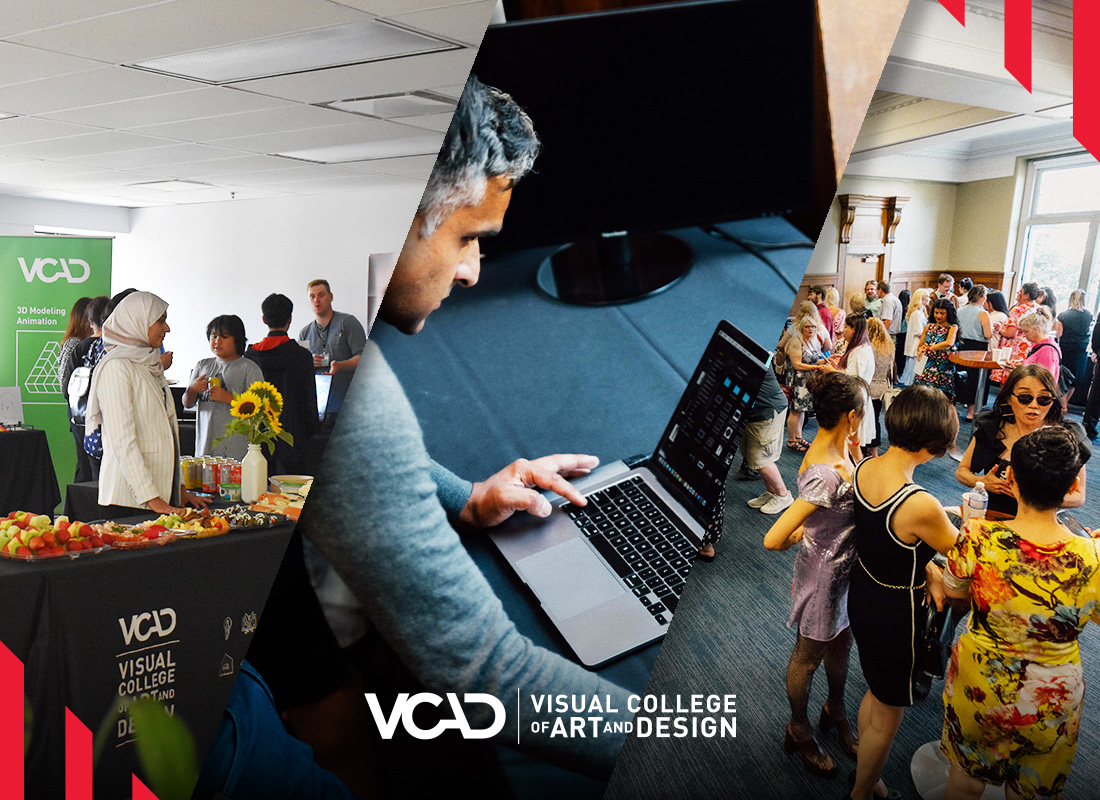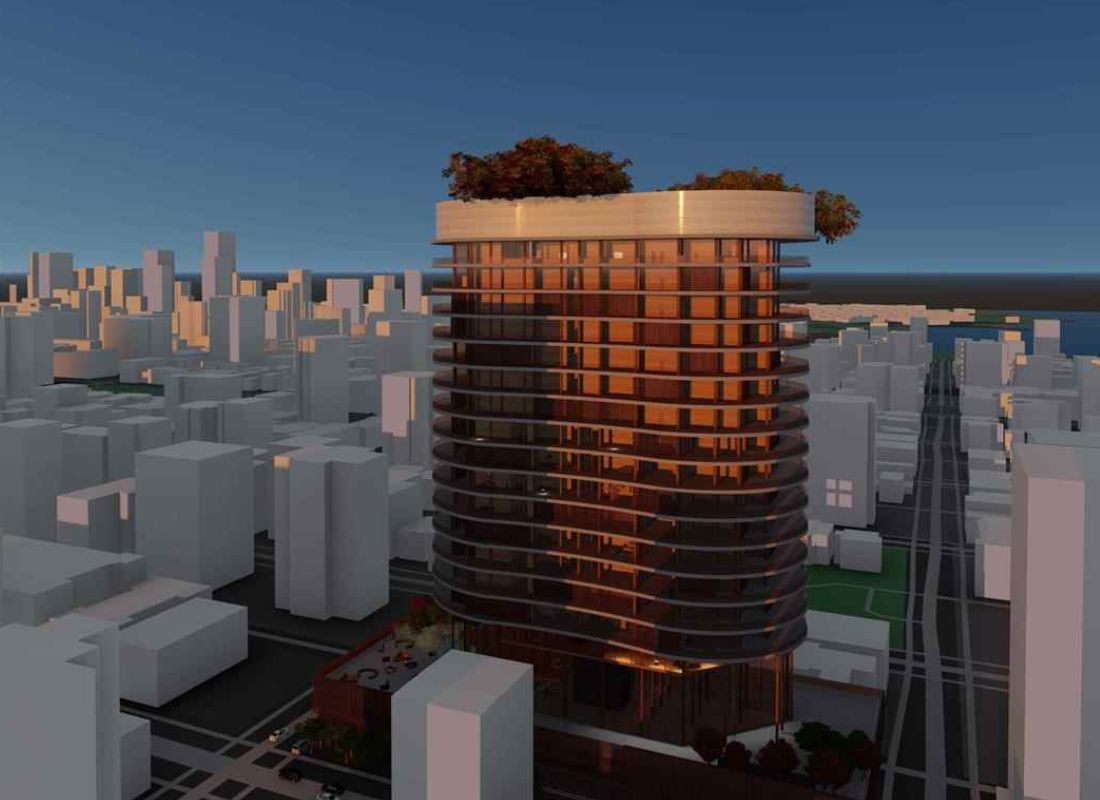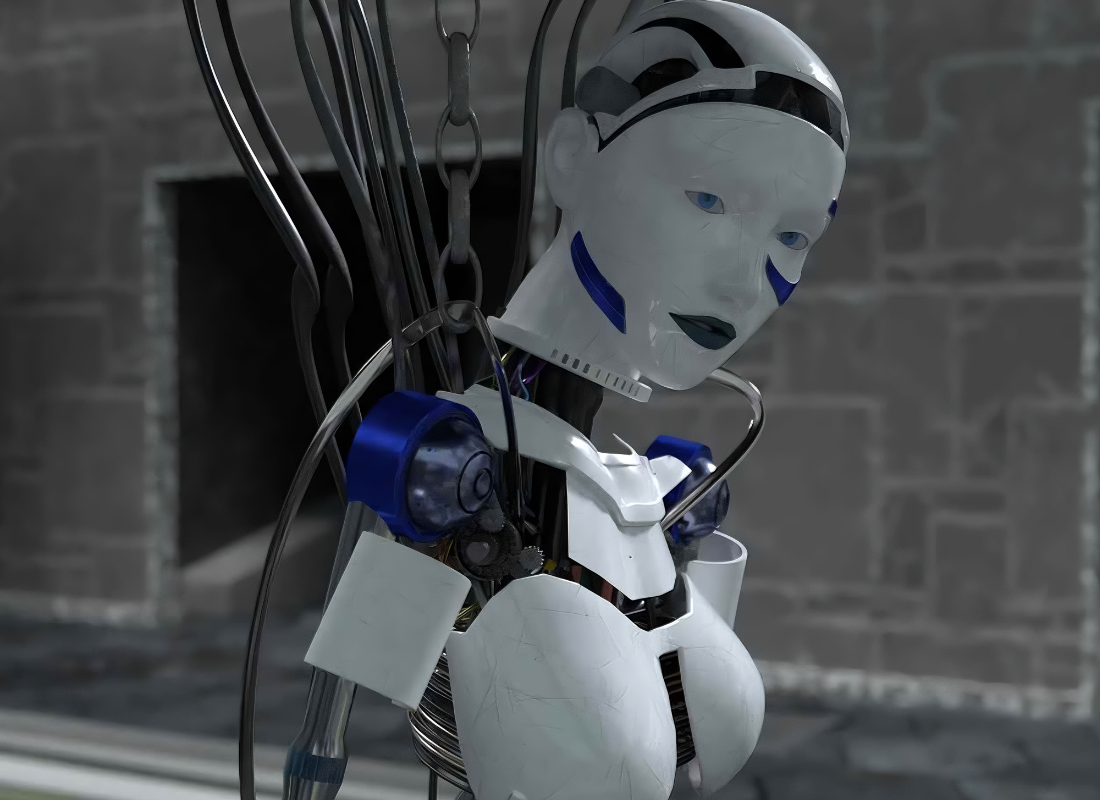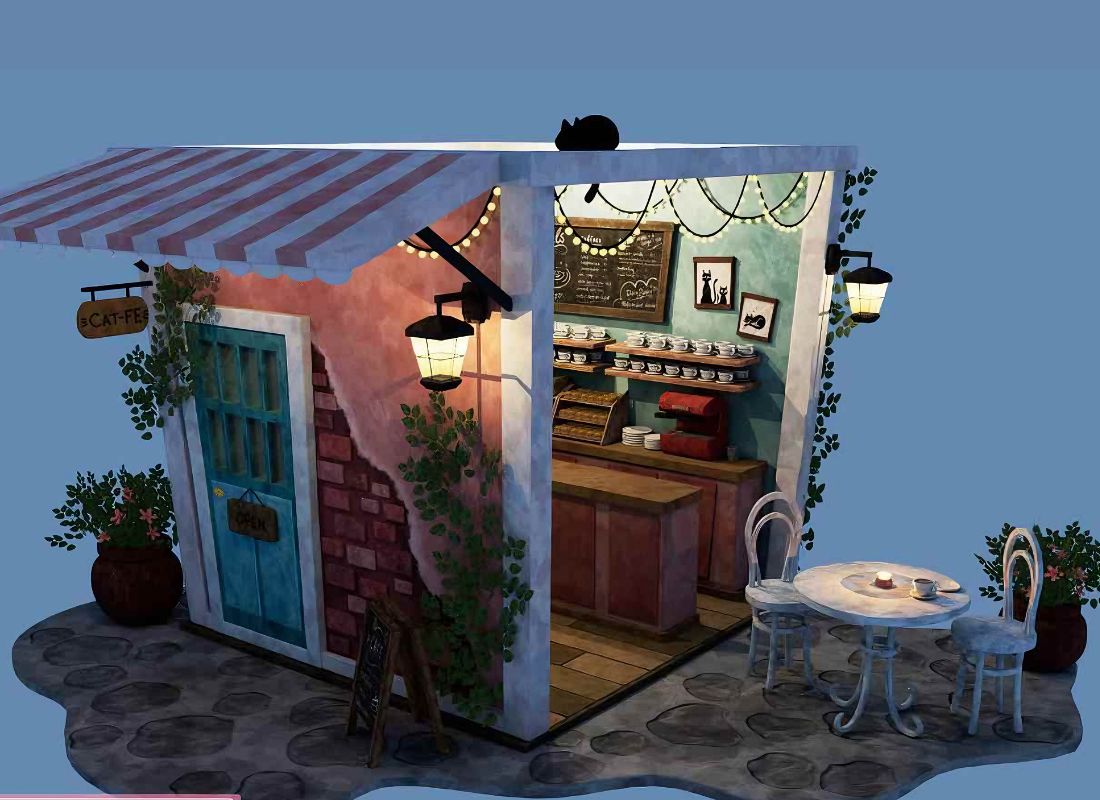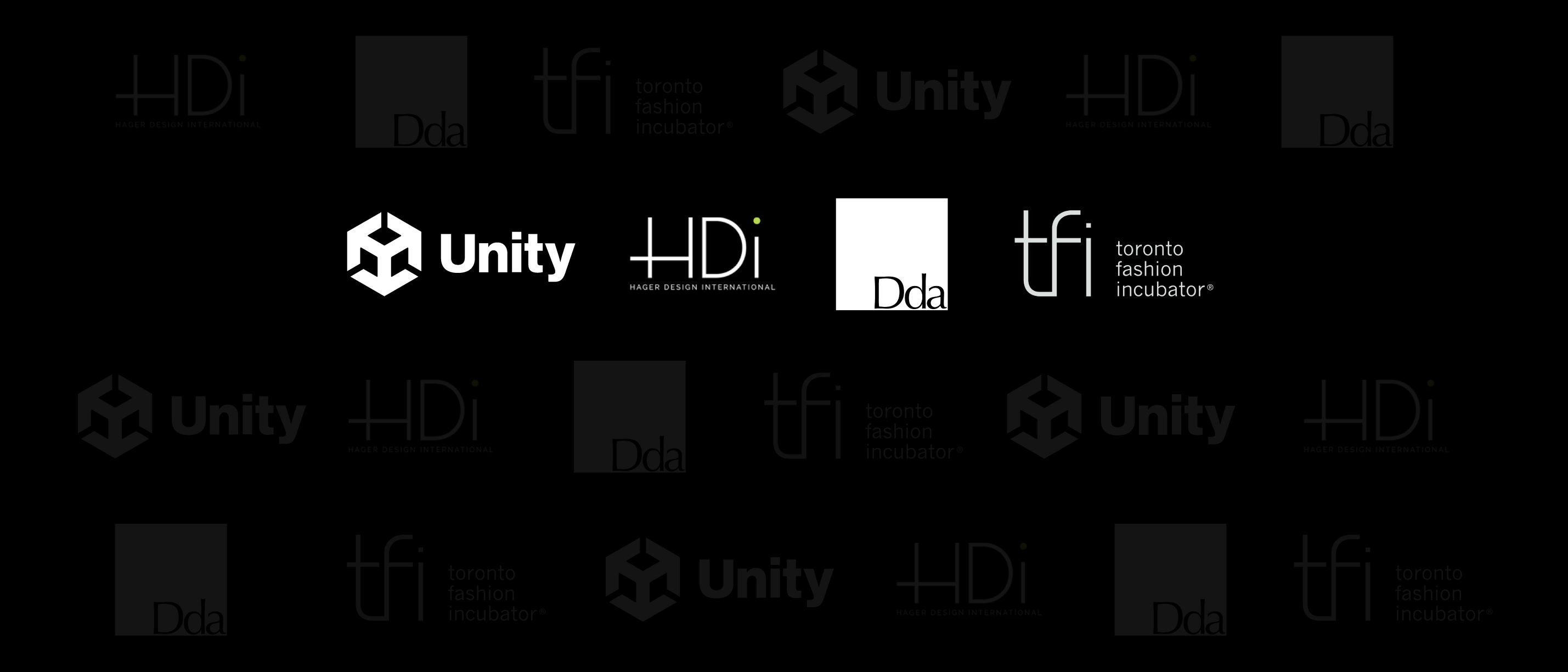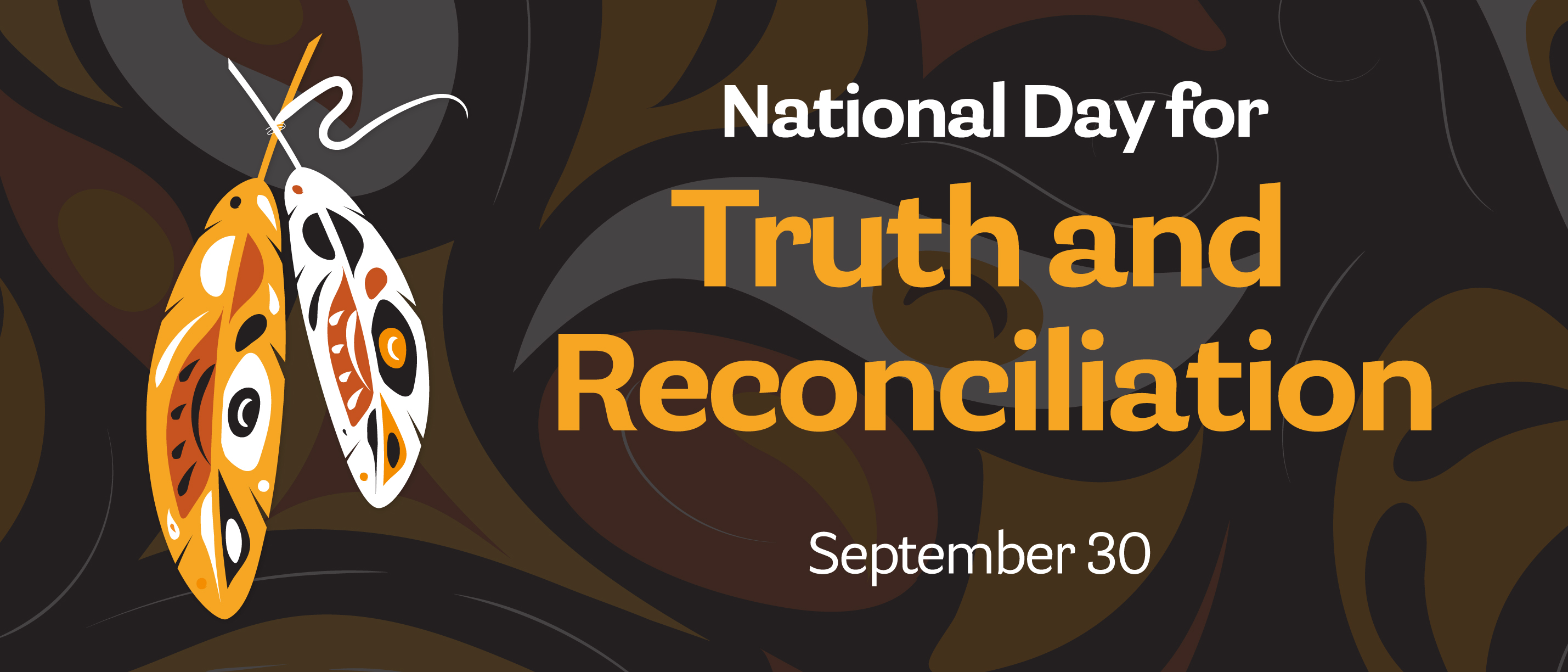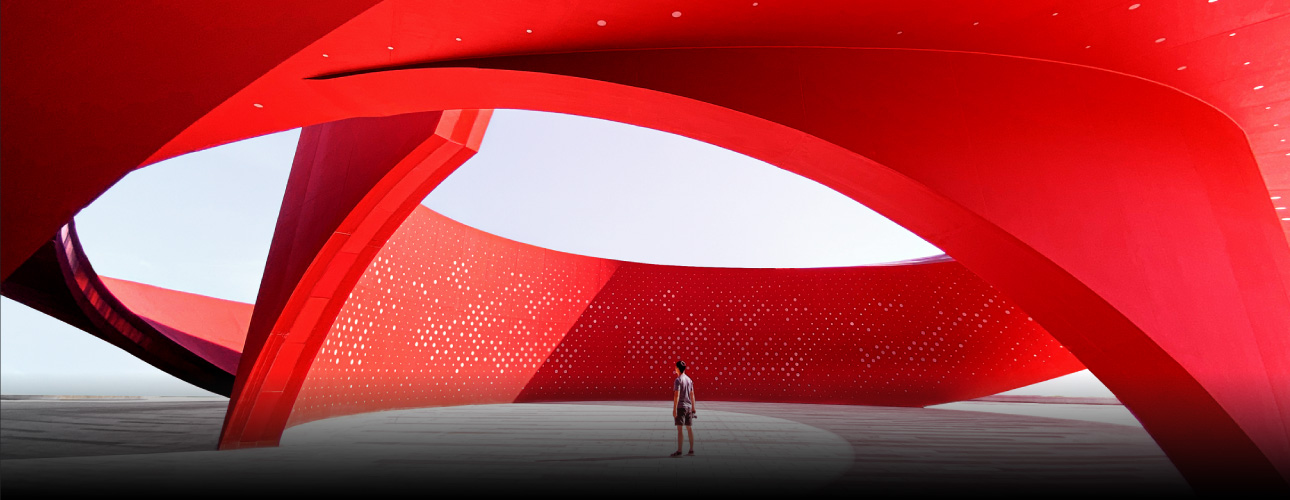The creative industry continues to evolve at an incredible pace, and one of the most exciting transformations is the growing blend of motion graphics and 3D animation. Once viewed as separate disciplines with their own tools, workflows, and purposes, they are now frequently combined to produce some of the most captivating visual experiences in modern media. From breathtaking movie title sequences to futuristic product demos, engaging explainer videos, and smooth user interface transitions in video games, this powerful combination shapes the way audiences consume digital content.
Visual communication has become one of the strongest forces in film, advertising, gaming, education, and digital storytelling. Businesses, filmmakers, educators, and game studios rely on animation to connect with audiences in ways that static images and live action footage cannot be achieved on their own. Motion graphics provide clarity, structure, and expressive design, while 3D animation brings realism, depth, and atmosphere. Together they create visuals that are clear, immersive, and emotionally engaging.
As the demand for vivid and meaningful digital content grows, understanding how motion graphics and 3D animation work together has become essential for aspiring creators. This article explores what makes each discipline unique, how and why they are integrated across the industry, the tools that support this hybrid approach, and how VCAD’s Online 3D Modeling Animation Art and Design program equips students with the skills needed to thrive in this fast-paced creative landscape.
Motion Graphics and 3D Animation: What Makes Them Different
Although motion graphics and 3D animation share overlapping tools and workflows, they remain in unique disciplines with their own strengths. Understanding their differences helps clarify why they complement each other so well.
Motion Graphics Explained
Motion graphics bring graphic design to life through movement. They involve animating shapes, text, icons, charts, interface elements, illustrations, and other 2D assets to communicate an idea.
Typical uses include:
- Explainer videos that simplify complex information
- Kinetic typography that animates text in entertaining ways
- Logo animations and brand visuals
- Transitions and lower thirds in advertising and broadcasting
- Animated infographics
- User interface motion in apps and video games
- Social media content
Motion graphics are often used when clarity, communication, and visual storytelling are the most important goals. Instead of creating realistic characters or animated environments, the focus is on clean design, smooth transitions, readable text, and visual cues that help the viewer understand information quickly. Motion graphics artists typically work with tools like Adobe After Effects, Photoshop, and Illustrator. Their role blends design, animation, and communication into one creative practice.
3D Animation Explained
3D animation involves creating digital objects and scenes in a three-dimensional space. Artists model characters, props, and environments, then rig, animate, texture, light, and render them to create motion that feels real.
3D animation is widely used in:
- Feature films
- Video games
- Virtual production
- Product visualization
- Architecture and interior design
- Medical and scientific simulations
- Advertising campaigns
- Augmented and virtual reality environments
3D animation focuses on detail and realism. It allows artists to simulate everything from physics to lighting to character emotions. Modern 3D animation can look incredibly lifelike, and it is often integrated into live action footage. Common tools for 3D animation include Maya, Blender, Cinema 4D, Unreal Engine, ZBrush, Substance Painter, and Redshift.
Why the Industry Combines Motion Graphics and 3D Animation
Although motion graphics and 3D animation can work independently, many creative projects use both together. This integration offers advantages that neither medium can achieve alone.
A. Motion Graphics Add Clarity to Complex 3D Scenes
3D animation can show realistic detail, but sometimes viewers need help understanding what they are looking at. Motion graphics offer structure and clarity. Designers use labels, arrows, diagrams, titles, captions, and animated icons to guide the audience through the scene. This combination is heavily used in product demos, medical animations, engineering simulations, and corporate training videos.
B. 3D Animation Makes Motion Graphics More Immersive
Adding 3D elements to motion graphics brings depth and dimension to flat visuals. This trend has become a major movement in design. Motion graphics artists frequently insert 3D shapes, models, lighting effects, or camera movements into their 2D compositions. The result is more dynamic, cinematic, and visually engaging. Popular examples include futuristic title sequences, abstract social media loops, and digital advertising.
C. Film and Television Love the Combination
Some of the most memorable opening sequences in entertainment merge motion graphics with 3D animation. From sleek HUD overlays to blended typography and 3D environments, the two disciplines work together to set a strong tone for the story. This pairing is ideal for stylistic intros, transitions, and narrative cues.
D. Advertising Uses Both for Impact and Communication
Brands rely on motion graphics and 3D animation to highlight product features and explain how something works. Motion graphics communicate benefits quickly. 3D animation provides realism and detail. Together they create effective marketing content that captures attention and tells a compelling story.
E. Game Development Integrates Both into the Player Experience
Game developers use 3D animation for characters, environments, and visual effects. Motion graphics help build user interfaces, menus, skill trees, and interactive HUD elements. The result is a cohesive gameplay experience that feels polished and intuitive.
F. Education and Science Depend on This Blend
When professionals need to explain complicated processes such as surgeries, mechanical functions, cybersecurity systems, or biochemical interactions, 3D animation shows the invisible world. Motion graphics organize the information so viewers can understand it clearly. The combination of the two disciplines expands what is possible in digital communication. This is why artists who can work with both are in high demand across creative and technical industries.
Bonus Read: How to Learn 3D Animation from Scratch
Software That Makes This Collaboration Possible
To blend motion graphics and 3D animation successfully, artists use a collection of powerful tools that talk to each other across the pipeline.
Motion Graphics Tools
- Adobe After Effects for animation and compositing
- Adobe Illustrator for vector graphics
- Adobe Photoshop for image creation and textures
3D Animation Tools
- Autodesk Maya for modelling and animation
- Blender for animation and rendering
- Cinema 4D for motion graphics friendly 3D work
- ZBrush for sculpting
- Houdini for effects and simulations
- Unreal Engine for real time animation
- Substance Painter and Designer for texturing
Bonus Read: Top 5 3D Animation Software to Learn in 2025
Cross Pipeline Tools
- Redshift for high quality GPU rendering
- Media Encoder for exporting
- Python for automating tasks and pipelines
Professionals who understand how these tools work together can produce polished, industry ready content that blends the strengths of both motion graphics and 3D animation.
How VCAD’s Online 3D Modeling Animation Art and Design Program Prepares You for This Industry
The animation industry now prefers artists who are versatile and adaptable. Studios want designers who understand both motion graphics and 3D animation, along with the workflow that connects them. VCAD’s Online 3D Modeling Animation Art and Design program is built to help students develop this exact creative skill set.
Students learn to:
- Model characters, props, and environments
- Animate believable movement
- Create motion graphics in Adobe After Effects
- Sculpt in ZBrush
- Surface assets using Substance Painter
- Build scenes in Unreal Engine
- Render with Redshift
- Use industry standard tools like Maya and Houdini
The program focuses on hands on learning. Every course includes real projects that help students build a professional portfolio and demo reel. The online delivery format gives learners flexibility while still providing strong instructor support. Graduates are prepared for roles such as:
- 3D character artist
- Motion graphics designer
- 3D animator
- Texture and lighting artist
- VFX assistant
- Game asset modeller
- Multimedia designer
The program equips students with the foundation they need to enter animation studios, game companies, advertising agencies, and film production environments across Canada.
Start Your Creative Future at VCAD
If you want to build a career creating visually stunning work that blends motion graphics and 3D animation, VCAD offers the right path forward. The industry is evolving quickly, and the demand for artists who understand both design and animation continues to grow. With an online format, industry instructors, hands on training, and a strong focus on professional portfolio development, VCAD’s Online 3D Modeling Animation Art and Design program helps you build the creative future you imagine.
Now is the time to turn your passion into a career. Take the first step toward becoming a professional digital artist and start your journey with VCAD today.
